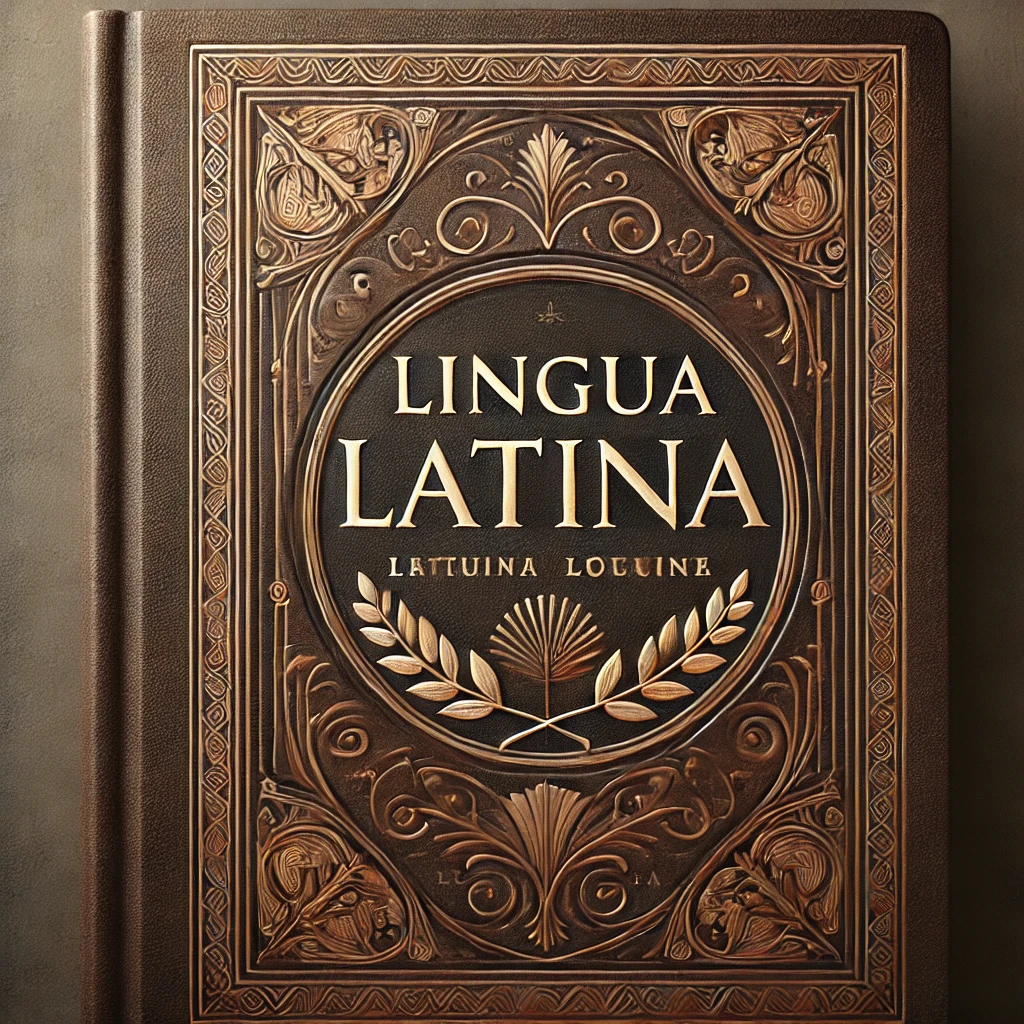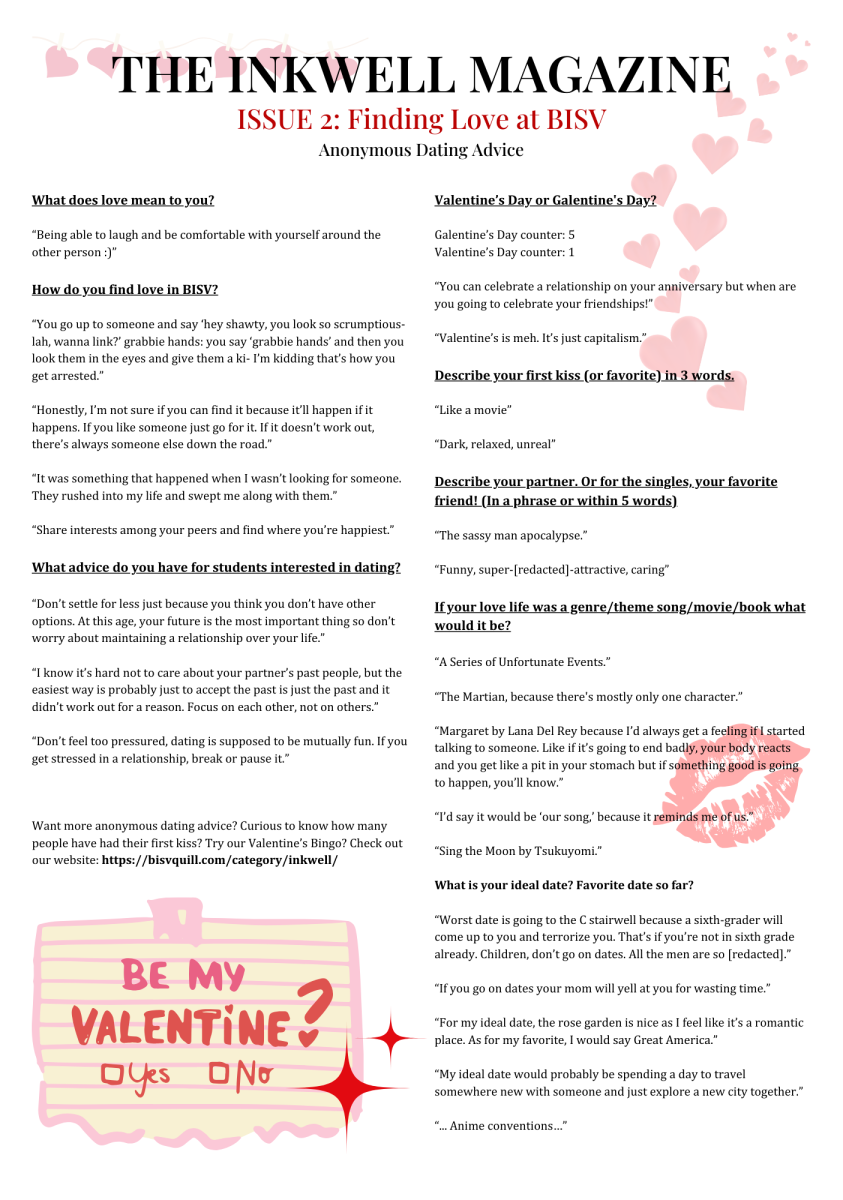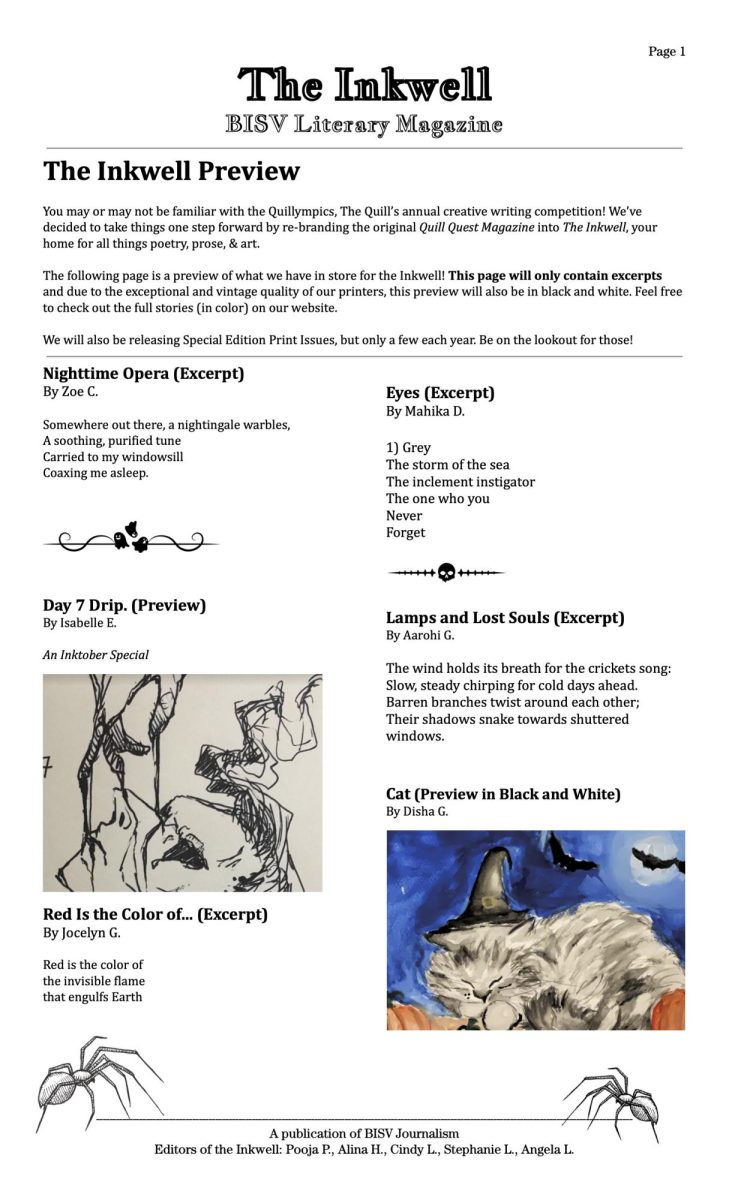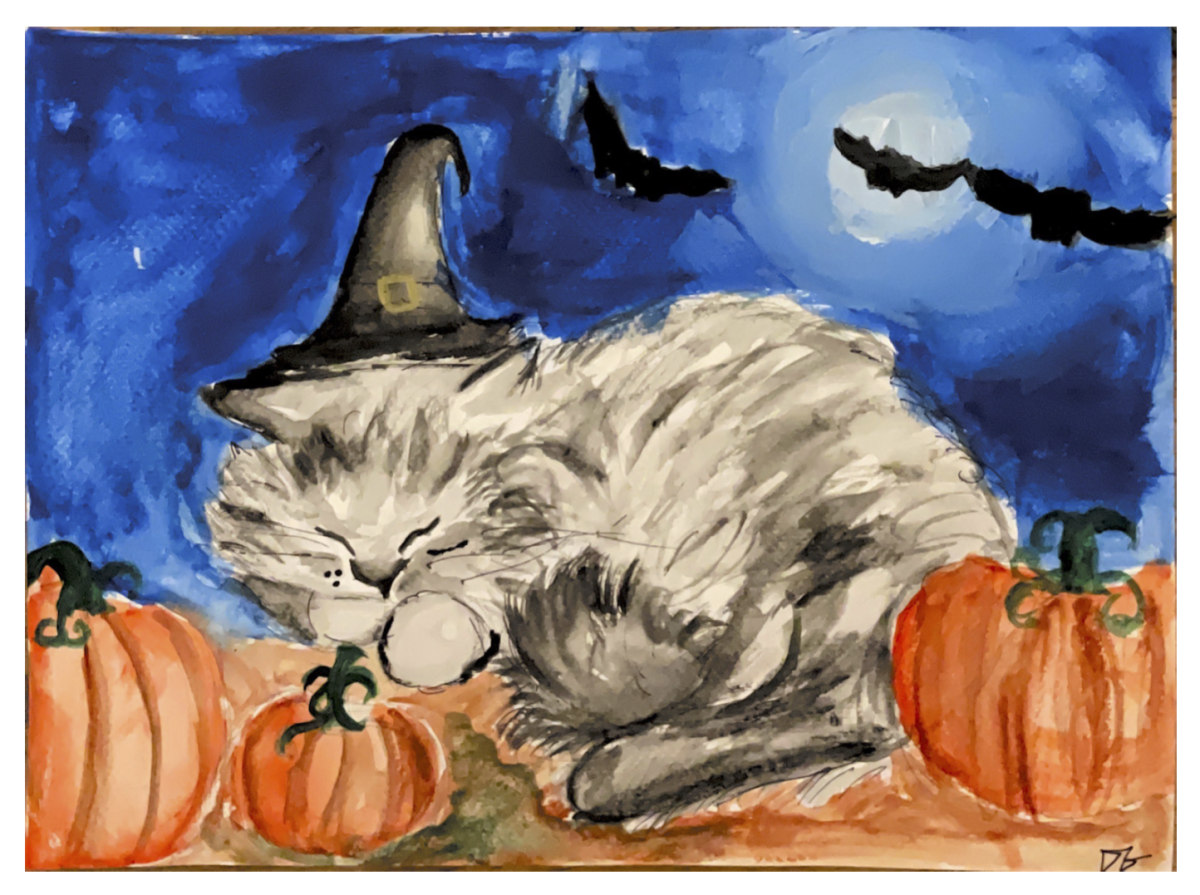Previously published Oct. 29, 2020
 “I would like to be remembered as someone who used whatever talent she had to do her work to the very best of her ability.”
“I would like to be remembered as someone who used whatever talent she had to do her work to the very best of her ability.”
Ruth Bader Ginsburg was a woman who could never be summed up into an article or a series of words. A role model, a figurehead for every girl, woman, and mother, she has affected all sorts of people whether it was through her work on being a Supreme Court Justice or simply because of who she was. To the public, she is known for her extensive aid in the fight for gender equality; however, her path to fame is not as well known. Ruth Bader Ginsburg was far from having her position handed to her and the life she led and fought for is nothing short of inspirational. Her story began in Brooklyn, New York, where she lived a middle class lifestyle and faced her fair share of hardships as her mother, Celia struggled to acquire the money necessary to provide for Ruth. Her mother stressed the importance of a good education and worked in a garment factory to pay for Ruth and her brother’s education, allowing Ruth to excel in her work. Shortly before graduating high school to later pursue an education at Cornell, Celia passed away; however, the selflessness she demonstrated and her principles affected and forever left an impression on Ruth. Ruth graduated from Cornell in 1954 with a bachelor’s degree in government, and she also met her husband Martin Ginsburg and married him in that same year. She wanted to continue her law studies and joined her husband at Harvard after their daughter, Jane’s birth. Being a woman attempting to pursue a career in government and political science in the 50’s, Ruth faced extreme discrimination and misogyny from professors, deans and classmates as she was one of the eight women in her class of 500.
While excelling in her own class, Ruth challenged herself further to take on her husband’s classes as well after Martin contracted testicular cancer in 1956. Martin required constant treatment and being unable to attend classes, he would have had to drop out. In 1956, Ruth was responsible for her daughter, her husband’s treatment, her husband’s classes as well as her own law studies, and not once did she fail to give her full in each area. With Ruth’s help, Martin was able to graduate from school, and he then accepted a job in New York City at a law firm, where he continued to gain credibility in the law world, especially in tax law. In order to be with him, Ruth transferred to Columbia University and she graduated in 1959, tied for first in her class. At both Columbia and Harvard, Ruth won seats on the law review, an astounding accomplishment for any student studying in law; even so, when looking for work, the gender barrier shadowed Ruth’s achievements. For months, Ruth failed to acquire a permanent job—interviewing with at least 12 law firms, she received a total of zero offers. Her professors would recommend her to Supreme Court Justices as well as firms they were in close contact with, but the fact that she was a woman was too discomforting to allow Ruth to work alongside men.
Ruth finally faced her hard earned success when Judge Edmund G. Palmieri of the U.S. The District Court for the Southern District of New York offered her a clerkship and following her serving with him, she received many offers to join large law firms. Instead of joining them, Ruth returned to Columbia to work as a director for an international project which later drove her to become a law professor at Rutgers. In 1972, Ruth returned once again to Columbia and became the first woman to be offered a tenure position as a professor. From this point, Ruth’s fight for gender equality skyrocketed. In 1973, Ruth argued in front of the Supreme Court, resulting in an uproar among the law world, seeing as a woman was allowed to reach the position Ruth just had. To combat the numerous complaints, Ruth established and founded the ACLU’s Women’s Right project. From here on, Ruth began to grow her reach, speaking at public assemblies, publishing numerous books and eventually, attaining a seat on the United States Supreme Court. Ruth Bader Ginsburg has become a “feminist icon” in society today and her legacy lives on through every single female, today, striving to break down the gender barrier.
Works Cited
1. Academy of Achievement. “Ruth Bader Ginsburg.” achievement.org, Academy of Achievement, 25 November 2020, https://achievement.org/achiever/ruth-bader-ginsburg/. Accessed 1 October 2020.
2. Biography Newsletter. “Ruth Bader Ginsburg.” biography.com, A&E Television Networks, 2 April 2014, https://www.biography.com/law-figure/ruth-bader-ginsburg. Accessed 1 October 2020.
3. History.com Editors. “Ruth Bader Ginsburg.” HISTORY, A&E Television Networks, 9 October 2009, https://www.history.com/topics/womens-history/ruth-bader-ginsburg. Accessed 1 October 2020.














![Teacher [Milk] Tea: Part 2](https://bisvquill.com/wp-content/uploads/2024/03/Screen-Shot-2024-03-19-at-9.28.48-PM.png)
![Teacher [Milk] Tea: Part 1](https://bisvquill.com/wp-content/uploads/2024/03/milk-tea.png)
































